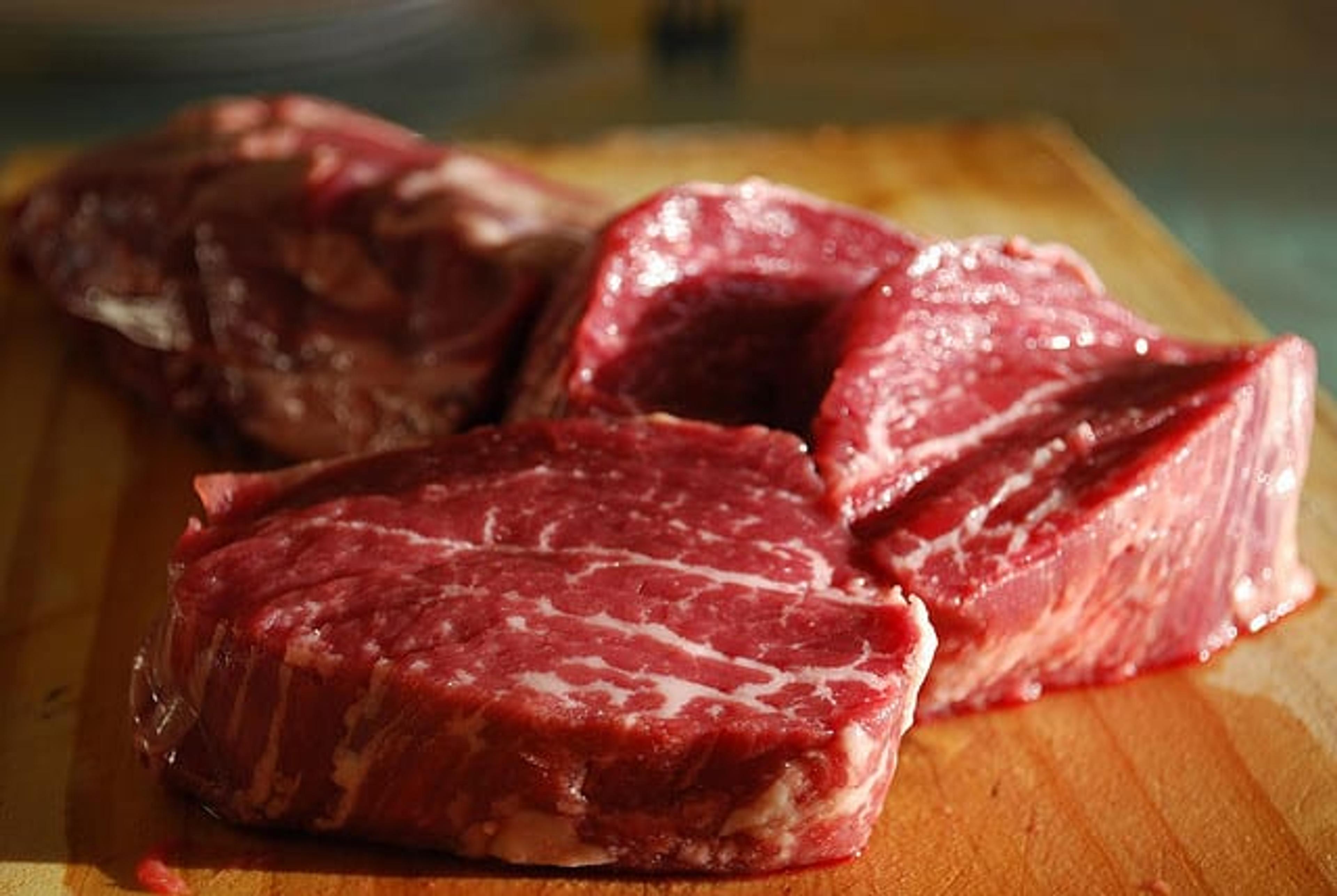Grass-fed beef: It’s what’s for a healthier dinner
| 2 min read

You may never have thought about it before, but cattle are meant to eat grass. As ruminants, they digest grass and turn it into lean, nutritious protein. But in the 1930s, farmers started feeding corn to cattle to increase production and to meet the growing demand for beef. Subsidized corn was an inexpensive feed that fattened cattle up faster, bringing them to market in nearly half the time it took to raise grass-fed cattle.
But while most beef sold today is grain-fed, the trend is going back towards consumers wanting grass-fed beef. There’s a nutritional reason–it’s higher in healthy omega-3 fatty acids and conjugated linoleic acids, something that helps protect against cancer–but it also tastes different. The “wilder” flavor comes not from marbling (a.k.a. fat), but from the meat itself. And because there are plenty of locally-raised grass-fed beef options right here in Michigan, giving it a try couldn’t be easier.
If you’re ready to cook with grass-fed beef, look for it at your local farmer’s market or buy it directly from the farmer. Check out the list below – most encourage visits to the farms so you can see exactly how they raise their beef.
Green Leaf Farms – Charlevoix
Greener Grass Farms – Quincy
Joe’s Grass Fed Beef – Standish
Livingston Farms – St. Johns
Guindon Farms – Cornell (Upper Peninsula, near Escanaba)
GCC Organics – Mt. Pleasant
Keep in mind that the lower fat content of grass-fed beef means it has to be cooked differently too. The biggest mistake is overcooking, so keep a close eye on it and cook to medium-rare or medium. If you like your beef cooked to well-done, then the best technique is braising: cooking at a low temperature with a sauce to add moisture. Check the farm websites listed above for great recipes.
This blog post is part of #HealthyMe, a personalized web experience based on your health and wellness goals. To sign up today, visit https://www.ahealthiermichigan.org/healthyme.
Photo credit: Alpha





